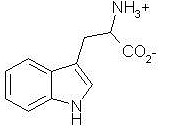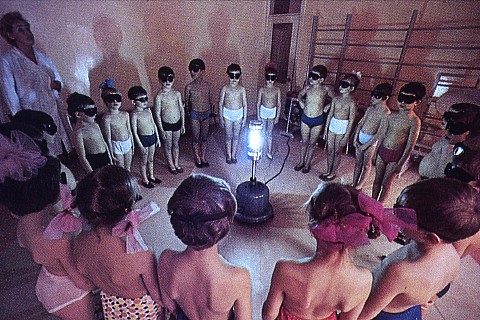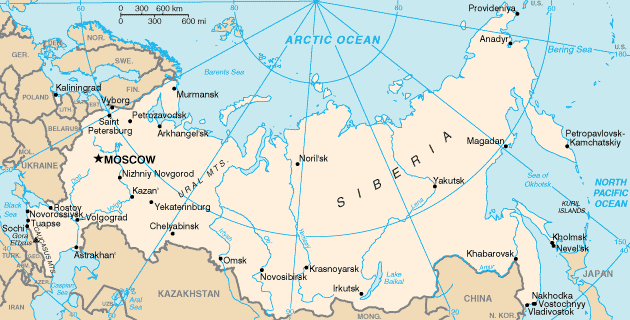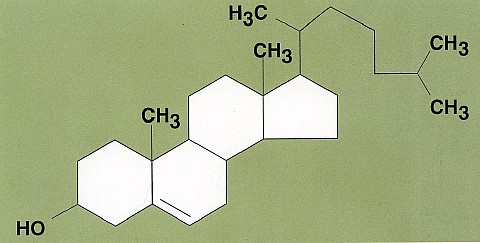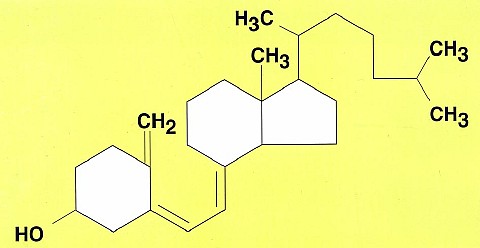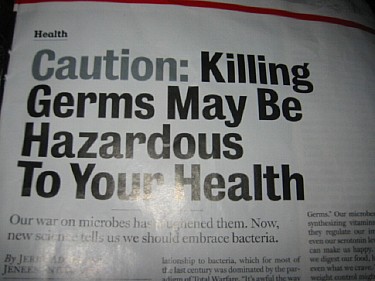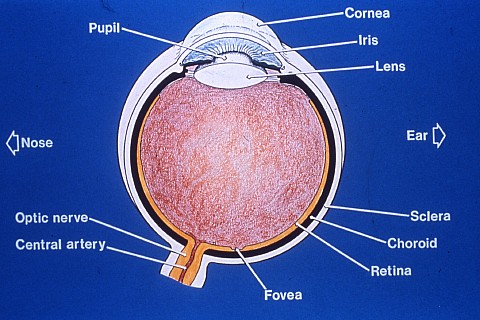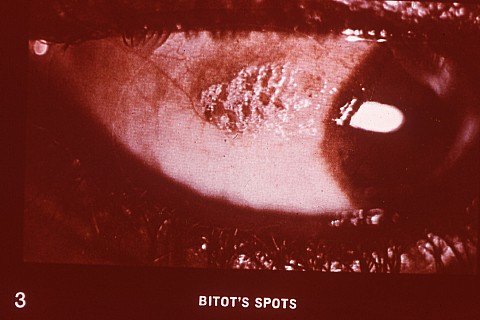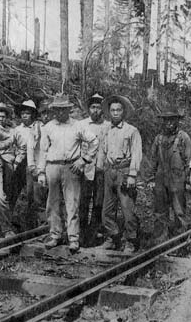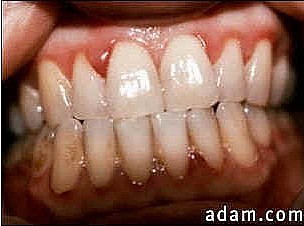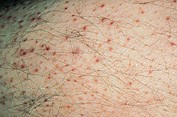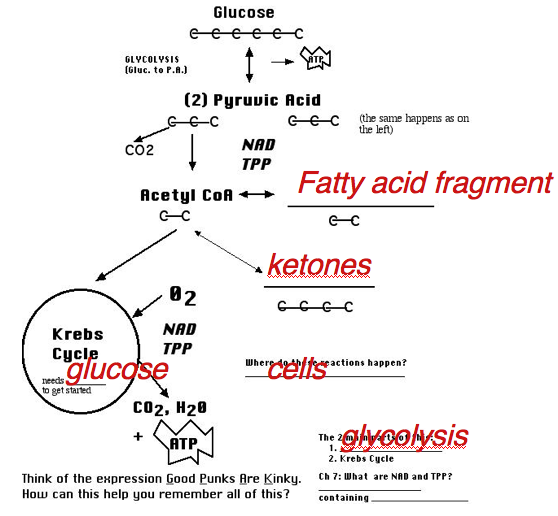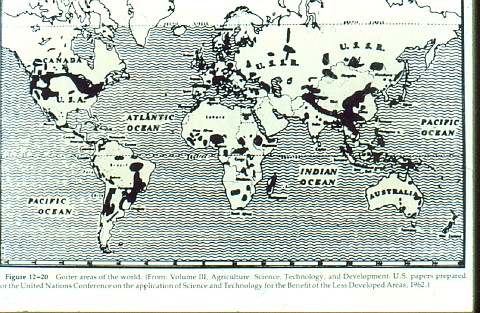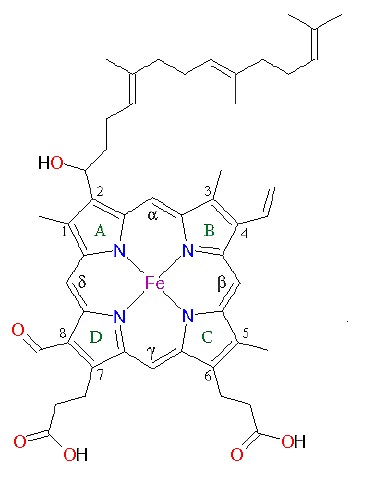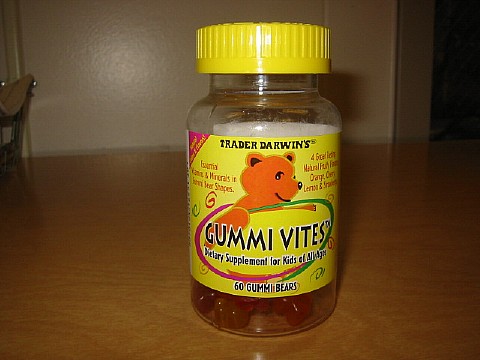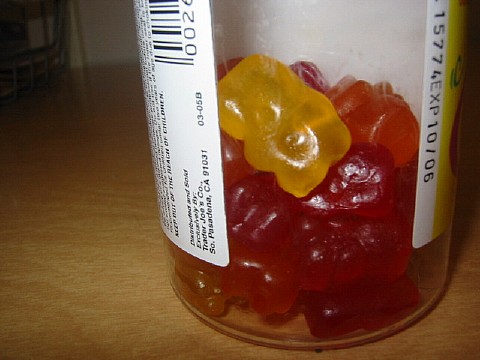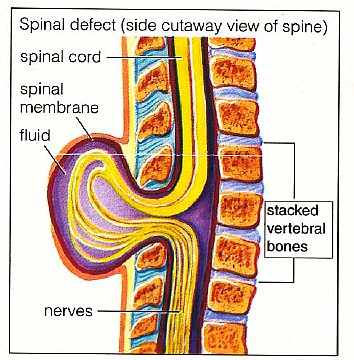FN
225:
Nutrition
Noy Rathakette, Ph.D.
Health Professions Division
Lane Community College
Eugene, Oregon
Noy Rathakette, Ph.D.
Health Professions Division
Lane Community College
Eugene, Oregon
LECTURE 7A:
Vitamins & Minerals- Part 1
Part 2 is Week 8
If you're interested, the LCC
Bookstore should have this 8-page laminated fold-out: A
Functional Approach: Vitamins and Minerals:Part 2 is Week 8
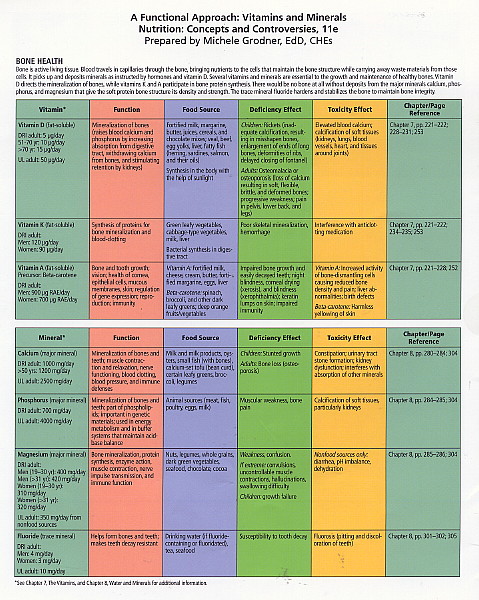
If you do not meet the exam deadline (and do not contact me BEFORE the due date), as of the following Monday, you may take a makeup exam at the Testing Lab on the LCC Main Campus (CENTER 456). Students taking this exam in the Testing Lab are allowed to use only ONE 3 x 5 notecard (both sides).
Check this link below for the hours and rules of the Testing Lab. https://teach.lanecc.edu/timmerst/
- Take a look in your packet at the chart called Some Food Sources of Vitamins &
Minerals on page 101. What is a food you like (or
want to try) that
is on at least two
of the vitamin
lists and which list is it on?
- Have you been to any of the
Farmer's Markets shown in Lecture 7B: Local Food and/or do you garden
or farm yourself?
- Do you have any questions
about Week 7 Study Questions or Lectures?
- One of your Study Questions last week asked you to think of a question about protein and ask that of Google. What did you find out and what did you think of that answer?
LECTURE 7A:
Vitamins & Minerals- Part 1
Vitamins & Minerals- Part 2 will be Week 8.
Vitamins & Minerals- Part 2 will be Week 8.
Use this information to fill
in blanks on pages 93-97
of your packet. Pages 98-100 in your packet will be discussed
during Week 8.
A vitamin is defined as an essential caloric/non-caloric organic nutrient needed in tiny amounts in diet. As you learned in Week 1, vitamins are organic and DO have calories, so that's what I mean by caloric.
But they don't have calories for us because we don't make the enzymes we'd need to break vitamins apart to release the energy. So that's what I mean by non-caloric. There would be very little energy there for us anyway- GRAMS of starch, sugar and fat give us a lot more energy than MILLIGRAMS of vitamin C. And we need that vitamin C for important functions in the body.
A mineral is defined as an essential non-caloric inorganic nutrient also needed in tiny amounts in diet.
Vitamins can be divided into 2 categories:
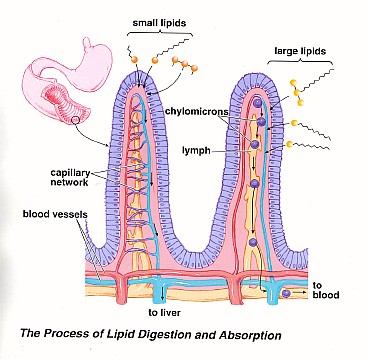

You saw the above image earlier in the term. It shows why vitamins are organic (contain carbon to carbon bonds) and minerals are inorganic.
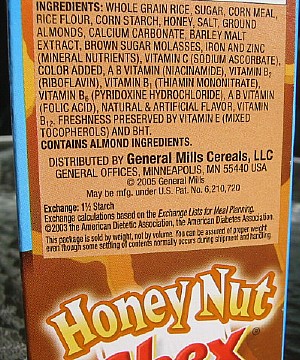
Looking at the Ingredient list for Honey Nut Chex cereal, which ingredients are:
A vitamin is defined as an essential caloric/non-caloric organic nutrient needed in tiny amounts in diet. As you learned in Week 1, vitamins are organic and DO have calories, so that's what I mean by caloric.
But they don't have calories for us because we don't make the enzymes we'd need to break vitamins apart to release the energy. So that's what I mean by non-caloric. There would be very little energy there for us anyway- GRAMS of starch, sugar and fat give us a lot more energy than MILLIGRAMS of vitamin C. And we need that vitamin C for important functions in the body.
A mineral is defined as an essential non-caloric inorganic nutrient also needed in tiny amounts in diet.
Vitamins can be divided into 2 categories:
- Fat-soluble
vitamins are absorbed with fats from food into lymph vessels then
travel hooked
to protein carriers (“boats”, also known as chylomicrons).
They go from cells lining the villi into lymph vessels into the bloodstream and then to the liver.
They are stored in the liver and fatty tissues until the body needs them.
In more detail: Fats & fat-soluble vitamins go from cells lining the villi into lymph vessels (as part of chylomicrons then somewhere near the heart they enter the bloodstream which takes them to the liver.
Here's a very short (less than one minute) animation about the absorption of vitamins, on a webpage of Jones and Bartlett, an independent publisher:
http://nutrition.jbpub.com/resources/animations.cfm?id=25&debug=0
As you can see with the image below, fat-soluble vitamins include vitamin E, vitamin A and its precursor beta-carotene, vitamin K and vitamin D.
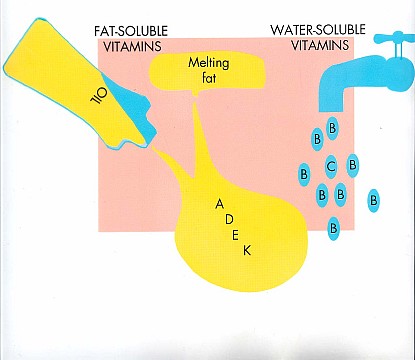
Beta-carotene is fat-soluble, but most foods with beta-carotene, like carrots, are low in fat. It takes very little fat for that beta-carotene (a pigment) to be soluble.
I got some carrots I was grating in my lap and didn't notice them until they'd been there for awhile. The beta-carotene pigment stained the skirt and it took several washings to remove the stain.
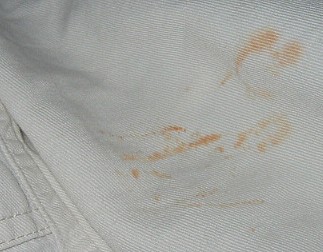
- Water-soluble vitamins are absorbed directly into blood where they travel freely (NOT hooked to protein carriers) and are not stored in body but tissues can be “saturated”. Water-soluble vitamins include vitamin C and the 8 B-complex vitamins, including the lesser-known biotin and pantothenic acid, as well as vitamin B6 (pyridoxine), vitamin B12 (cobalamin), thiamin (vitamin B1), folate, niacin (vitamin B3) and riboflavin (vitamin B2).
Minerals
are absorbed
directly into blood and are always water-soluble.
Examples of
minerals include:
iron,
calcium,
zinc,
magnesium,
potassium,
sodium,
chloride,
fluoride,
manganese,
phosphorus and
selenium.
calcium,
zinc,
magnesium,
potassium,
sodium,
chloride,
fluoride,
manganese,
phosphorus and
selenium.

Minerals and water-soluble
vitamins are absorbed directly into blood. Fat-soluble
vitamins are absorbed into the lymph.

You saw the above image earlier in the term. It shows why vitamins are organic (contain carbon to carbon bonds) and minerals are inorganic.

Looking at the Ingredient list for Honey Nut Chex cereal, which ingredients are:
- Fat-soluble vitamins
- Water-soluble vitamins
- Minerals
Vitamin A and vitamin C are both organic. But Vitamin A is fat-soluble vitamin so it is absorbed into the lymph, travels with a carrier and is stored.
Vitamin C is a water-soluble vitamin so it is absorbed directly into the blood, travels without a carrier and is not stored.
Plants get vitamins by making them because they need them to function. Many of the vitamins that plants make are actually antioxidant pigments that they make to help them with photosynthesis. And each plant has its own set of pigments that it needs. A plant making orange carrots needs carotenes while a plant making cream-colored parsnips needs flavones.

Parsnips
Antioxidants
in Photosynthesis and Human Nutrition, Demmig-Adams,
Barbara; Adams, III, William W; Science;
12/13/2002, p2149, 5p. The
harnessing of solar energy by photosynthesis depends on a safety valve
that effectively eliminates hazardous excess energy and prevents
oxidative damage to the plant cells. Many of the compounds that protect
plant cells also protect human cells and have a role in human
nutrition.
Now you should be read for the top of page 94 in your packet:
Vitamins can be made in the body in 2 ways.
1. One way is from precursors, which are something that can be changed into an active vitamin.
a. For example,
niacin can be made from
the amino acid tryptophan.
